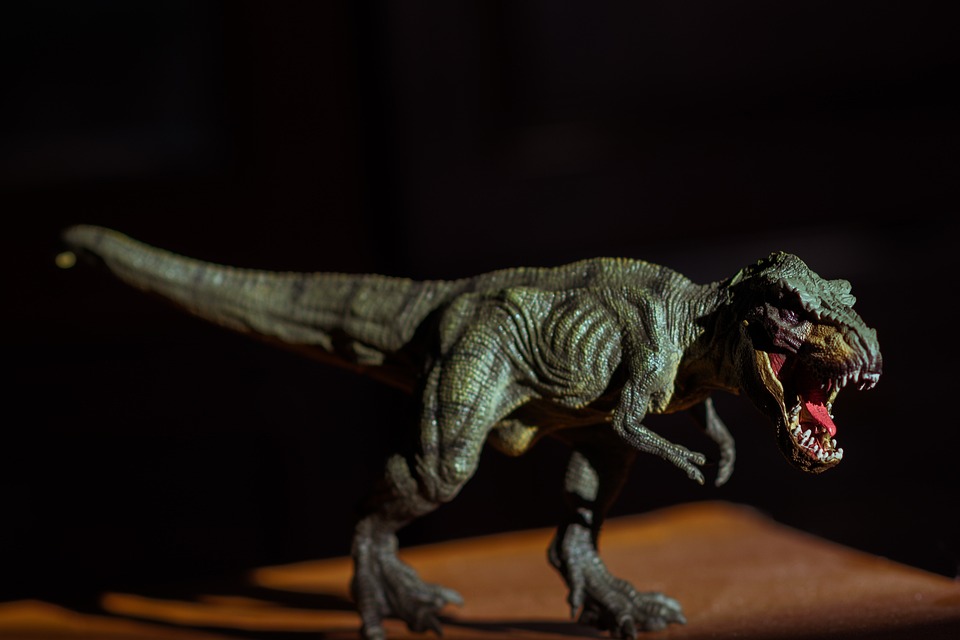Preventing and Managing Fish Tank Hole-in-the-Head Disease: A Comprehensive Guide
Introduction:
Fish Tank Hole-in-the-Head disease, also known as Hexamita or Head and Lateral Line Erosion (HLLE) disease, is a common ailment that affects many types of fish. It is characterized by the development of small pits or holes on the fish’s head and body, which can lead to severe health issues if left untreated. In this comprehensive guide, we will explore the importance of preventive measures and provide tips for managing this disease effectively.
1. Healthy Fish Environment:
Maintaining a healthy environment for your fish is crucial in preventing Hole-in-the-Head disease. Here are some key factors to consider:
– Water Quality: Regularly test and maintain proper water parameters such as pH, ammonia, nitrite, and nitrate levels. Ensure adequate filtration and perform regular water changes to keep the water clean and free from harmful substances.
– Tank Size and Layout: Provide sufficient space for your fish to swim and explore. Overcrowding can lead to stress, which weakens the fish’s immune system and makes them more susceptible to diseases.
– Filtration System: Invest in a high-quality filtration system that can effectively remove waste and toxins from the water. Consider using activated carbon to absorb impurities and maintain water clarity.
2. Balanced Nutrition:
Proper nutrition plays a vital role in preventing Hole-in-the-Head disease. Follow these guidelines to ensure your fish receive a balanced diet:
– Providing a Varied Diet: Offer a variety of foods such as flakes, pellets, frozen or live foods to meet your fish’s nutritional needs. Including foods rich in vitamins and minerals, such as brine shrimp or spirulina, can boost their immune system.
– High-Quality Fish Food: Choose high-quality fish food that is specifically formulated for your fish species. Avoid overfeeding, as excess food can lead to poor water quality and digestive issues.
– Vitamin and Mineral Supplements: Consider adding vitamin and mineral supplements to your fish’s diet, especially if they are prone to nutritional deficiencies. Consult with a veterinarian or aquatic specialist for appropriate supplements and dosages.
3. Regular Water Maintenance:
Maintaining clean and stable water conditions is essential for preventing Hole-in-the-Head disease. Follow these practices:
– Regular Water Changes: Perform regular partial water changes to remove accumulated toxins and maintain water quality. Aim for weekly water changes of 20-30% of the tank volume.
– Monitoring Water Parameters: Use test kits to monitor ammonia, nitrite, nitrate, and pH levels regularly. Address any abnormalities promptly to prevent stress and disease.
– Quarantine New Fish: Quarantine new fish in a separate tank for a minimum of two weeks before introducing them to the main tank. This helps to prevent the spread of diseases, including Hole-in-the-Head.
4. Disease Identification and Treatment:
Early detection and proper treatment are crucial in managing Hole-in-the-Head disease. Here are some steps to follow:
– Early Signs and Symptoms: Watch out for signs such as pits or holes on the fish’s head and lateral line, weight loss, decreased appetite, and behavioral changes. Consult a veterinarian or aquatic specialist for an accurate diagnosis.
– Isolating Infected Fish: Immediately isolate any fish showing symptoms of Hole-in-the-Head disease to prevent the spread of the infection. Set up a separate quarantine tank with appropriate water conditions.
– Medication and Treatment Options: Consult with a veterinarian to determine the most suitable medication and treatment options for your fish. This may include administering antibiotics, antiparasitic medications, or using topical treatments.
5. FAQs about Fish Tank Hole-in-the-Head Disease:
Q1: What causes Hole-in-the-Head disease?
A1: Hole-in-the-Head disease is commonly caused by poor water quality, nutritional deficiencies, stress, and certain parasites like Hexamita.
Q2: How can I prevent Hole-in-the-Head disease from occurring?
A2: Preventive measures include maintaining a healthy fish environment, providing a balanced diet, regular water maintenance, and quarantining new fish.
Q3: Can I cure Hole-in-the-Head disease on my own, or do I need a veterinarian?
A3: While some cases can be treated at home with proper medication and care, it is advisable to consult a veterinarian for a correct diagnosis and treatment plan.
Q4: Is Hole-in-the-Head disease contagious to other fish?
A4: Hole-in-the-Head disease can be contagious, especially if the water conditions are not optimal or if infected fish are not isolated promptly.
Q5: Are there any specific fish species more prone to Hole-in-the-Head disease?
A5: Fish species like cichlids, angelfish, and discus are more prone to Hole-in-the-Head disease, but it can affect various types of fish.
Q6: Can I use natural remedies to treat Hole-in-the-Head disease?
A6: While some natural remedies might help alleviate symptoms, it is best to consult a veterinarian for proper diagnosis and treatment options.
Q7: How long does it take for a fish to recover from Hole-in-the-Head disease?
A7: The recovery time can vary depending on the severity of the infection and the fish’s overall health. With proper treatment and care, it can take several weeks to months for a fish to fully recover.
Q8: Can Hole-in-the-Head disease be fatal for fish?
A8: Yes, if left untreated, Hole-in-the-Head disease can lead to severe health issues and potentially be fatal for fish.
Conclusion:
Preventing and managing Hole-in-the-Head disease requires diligence and regular monitoring of your fish’s health and environment. By maintaining a healthy fish environment, providing a balanced diet, practicing regular water maintenance, and promptly addressing any signs of disease, you can significantly reduce the risk of Hole-in-the-Head disease and ensure the well-being of your fish. Remember, prevention is always better than cure, so invest time and effort in creating a suitable environment for your aquatic pets.









